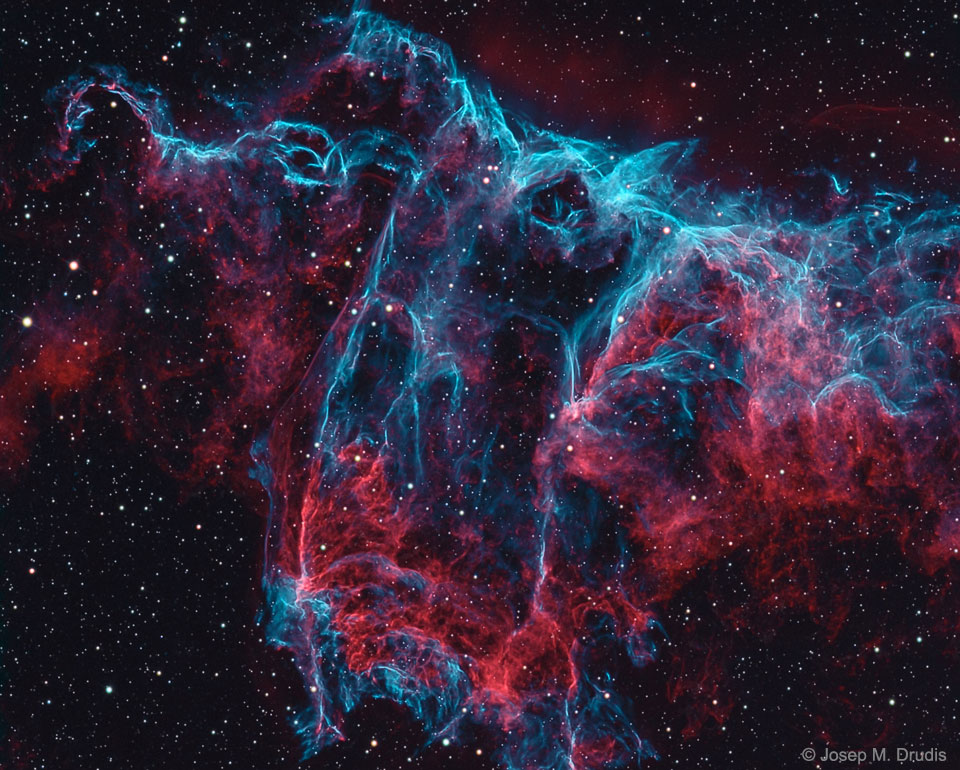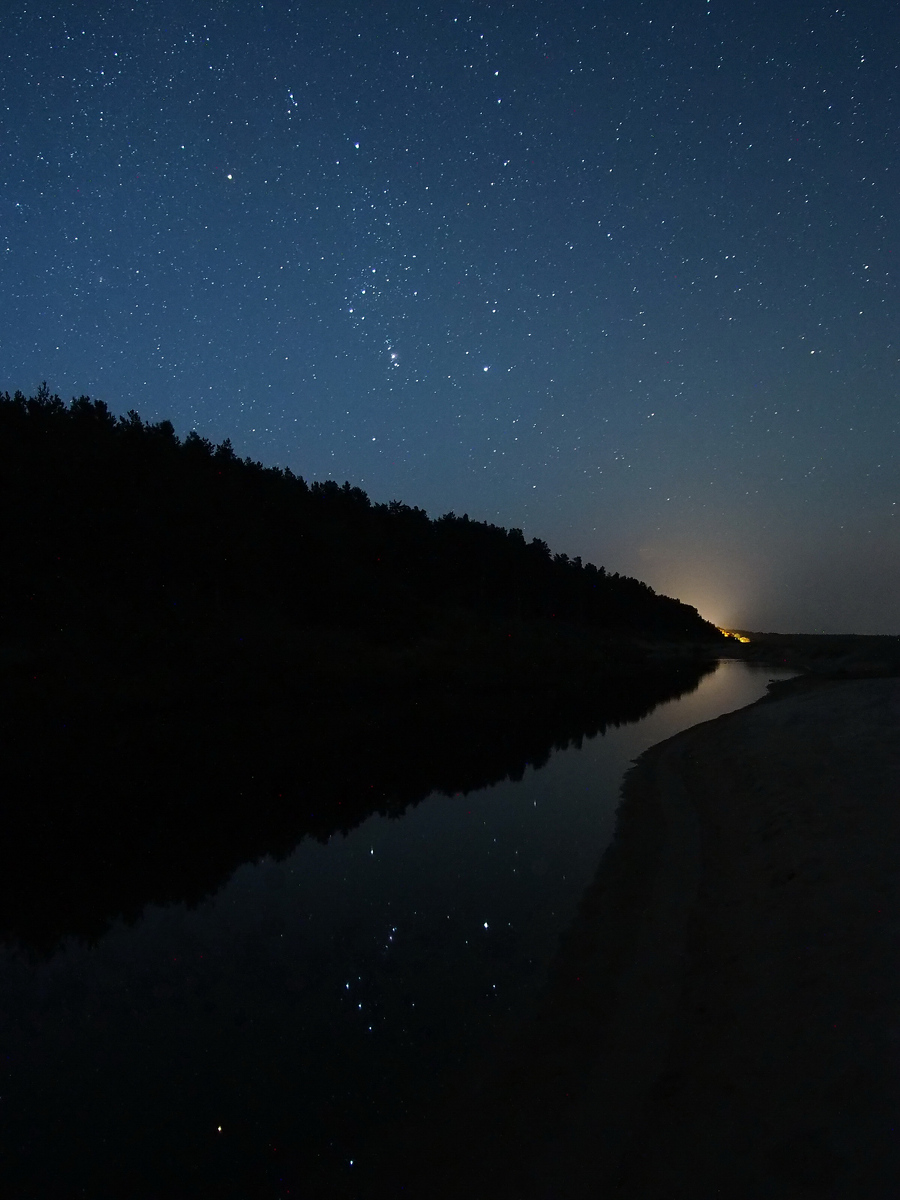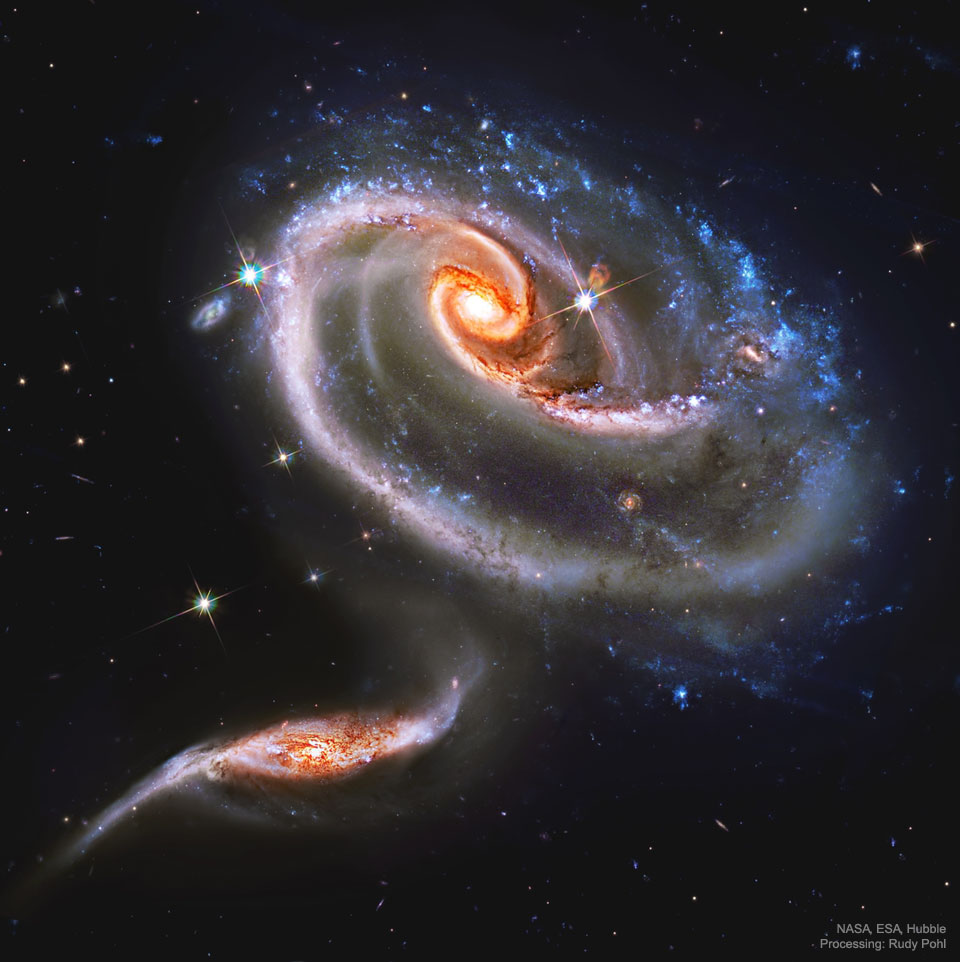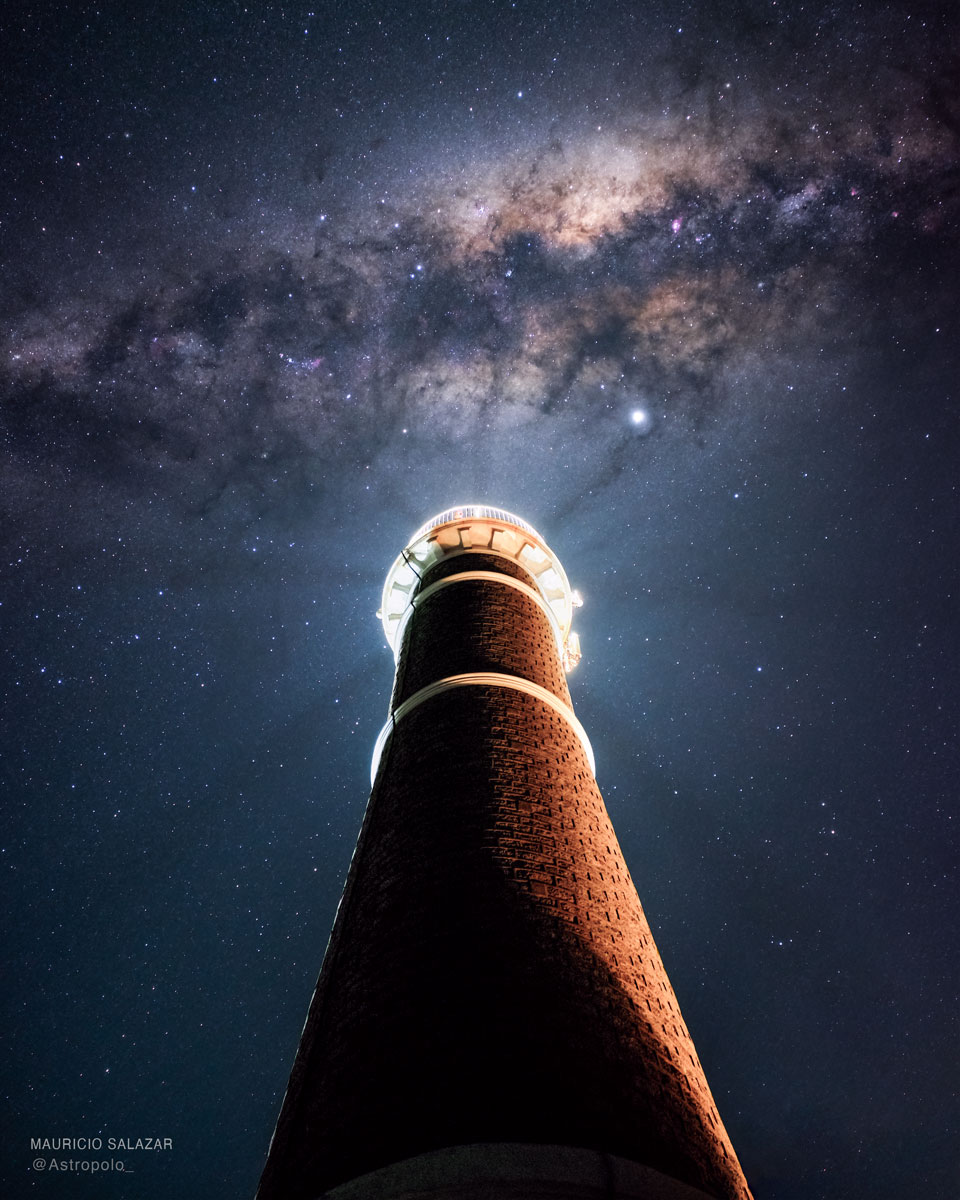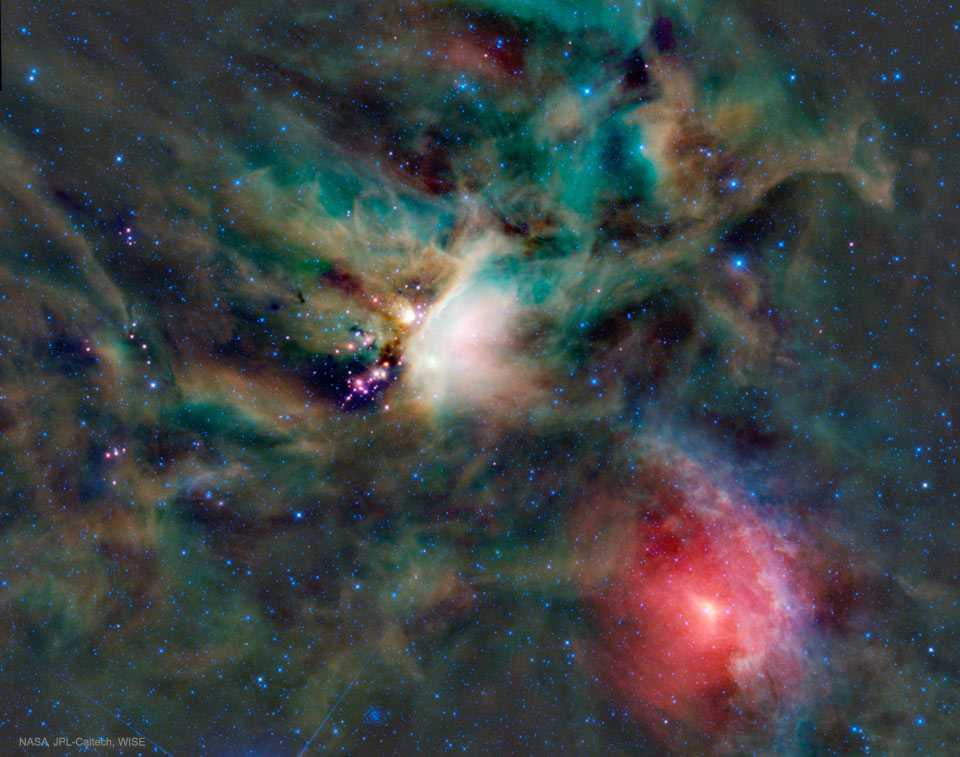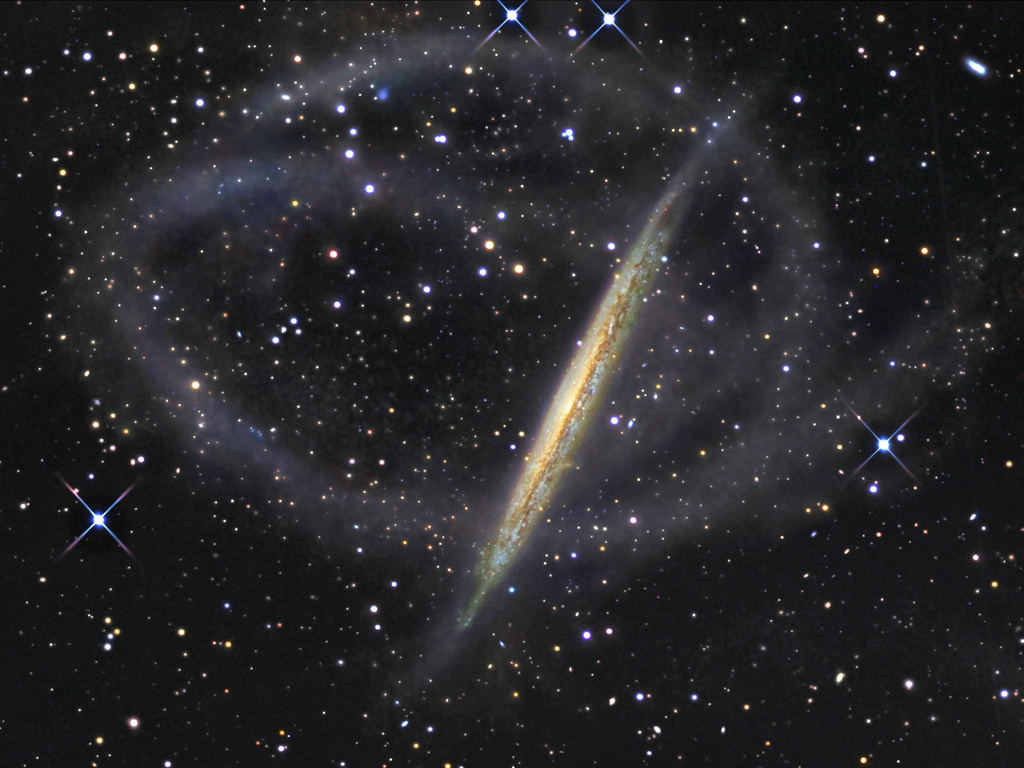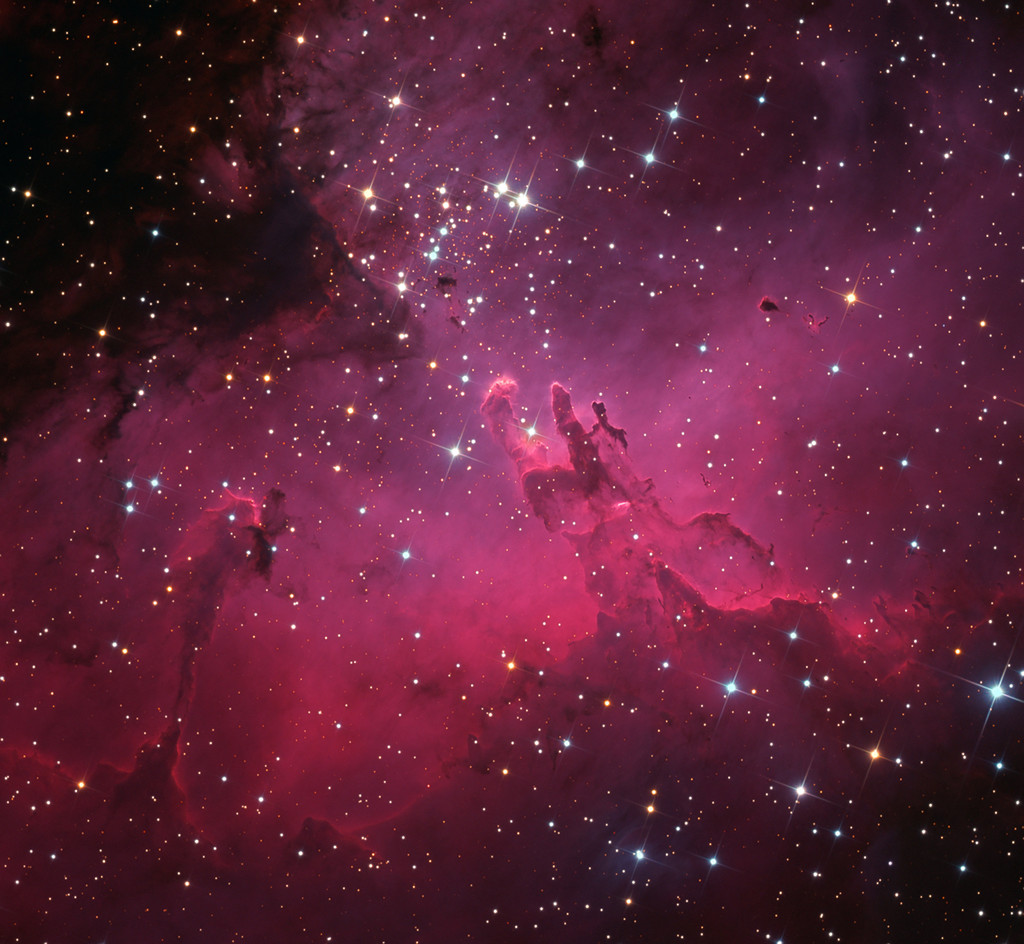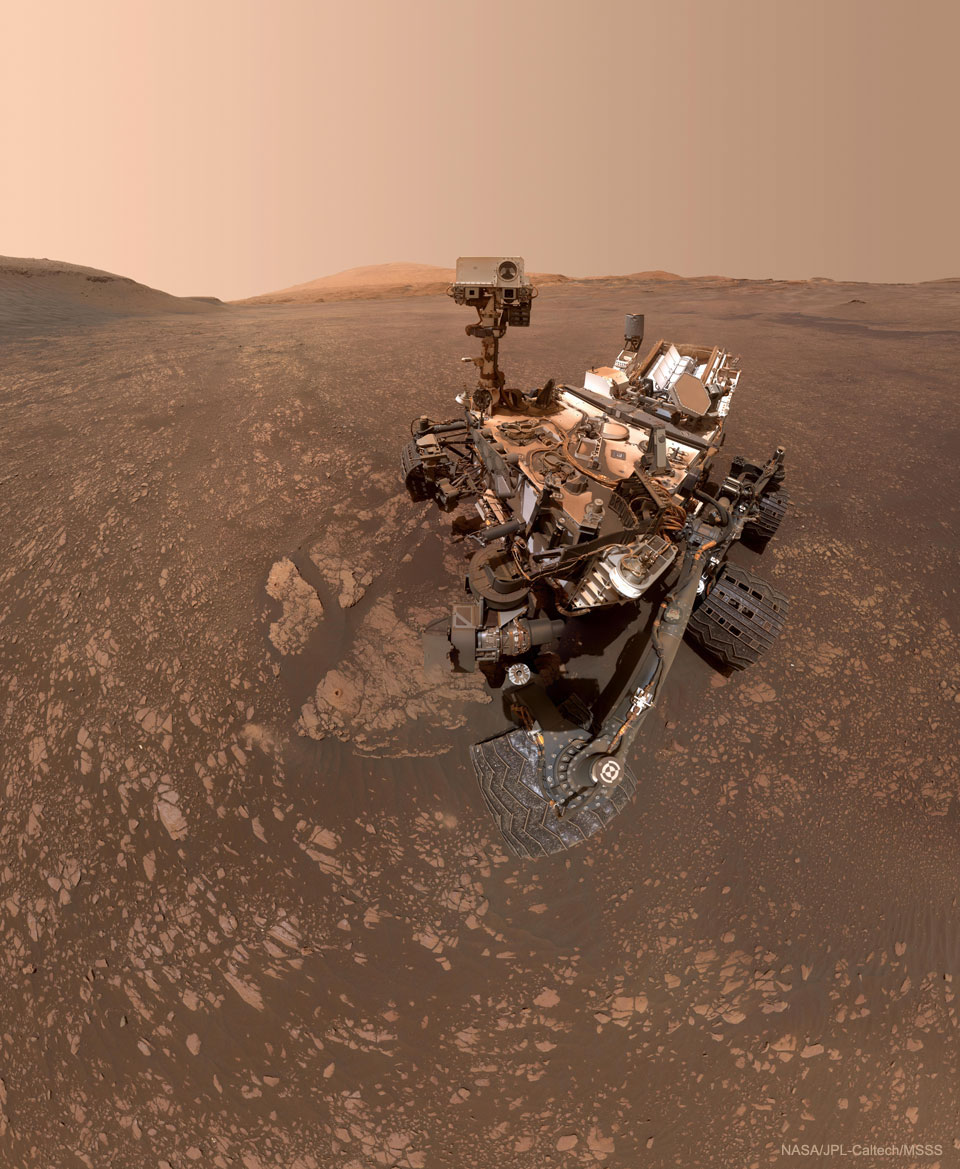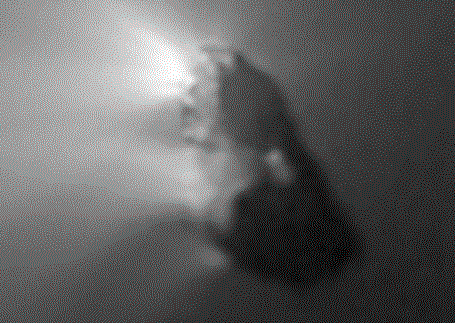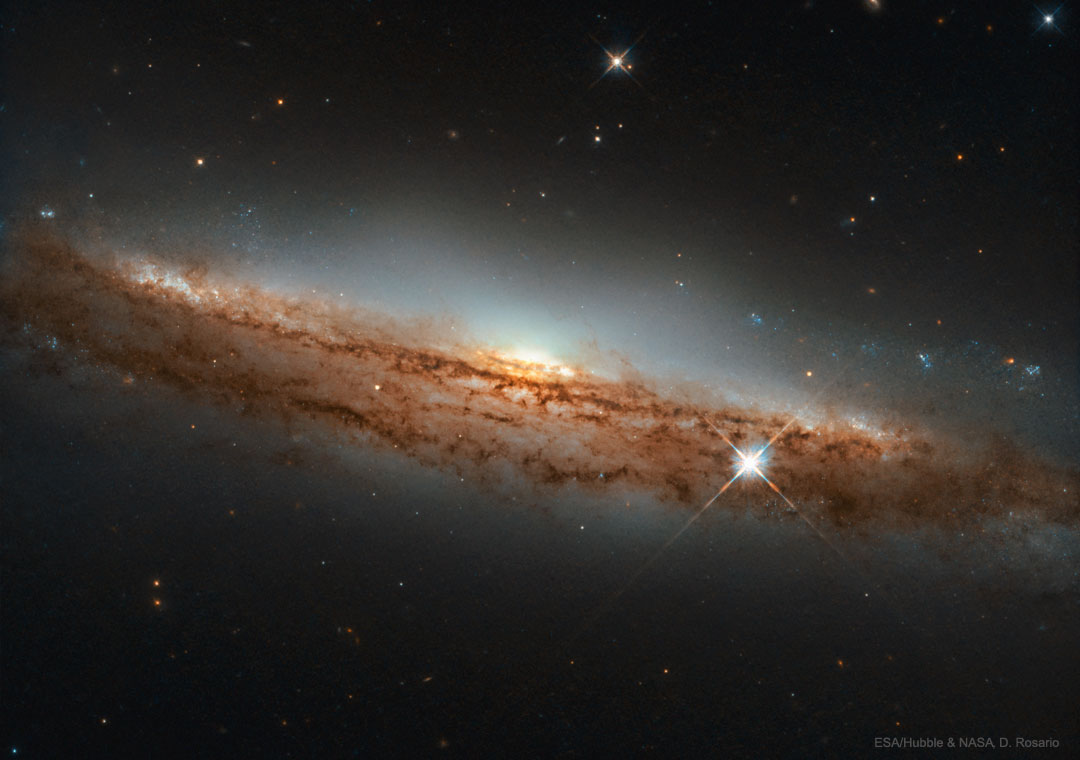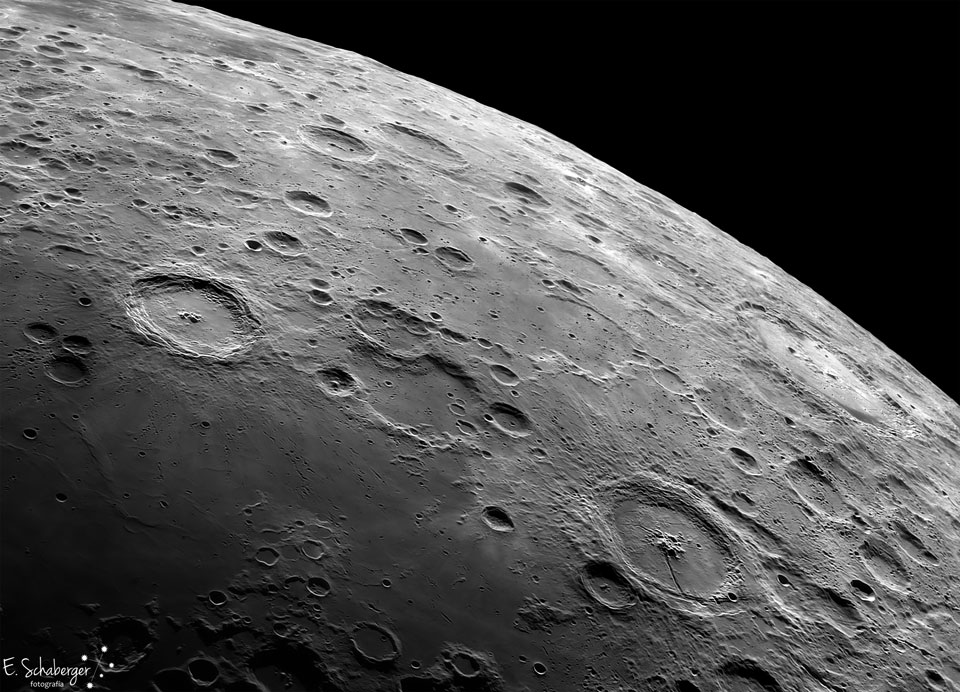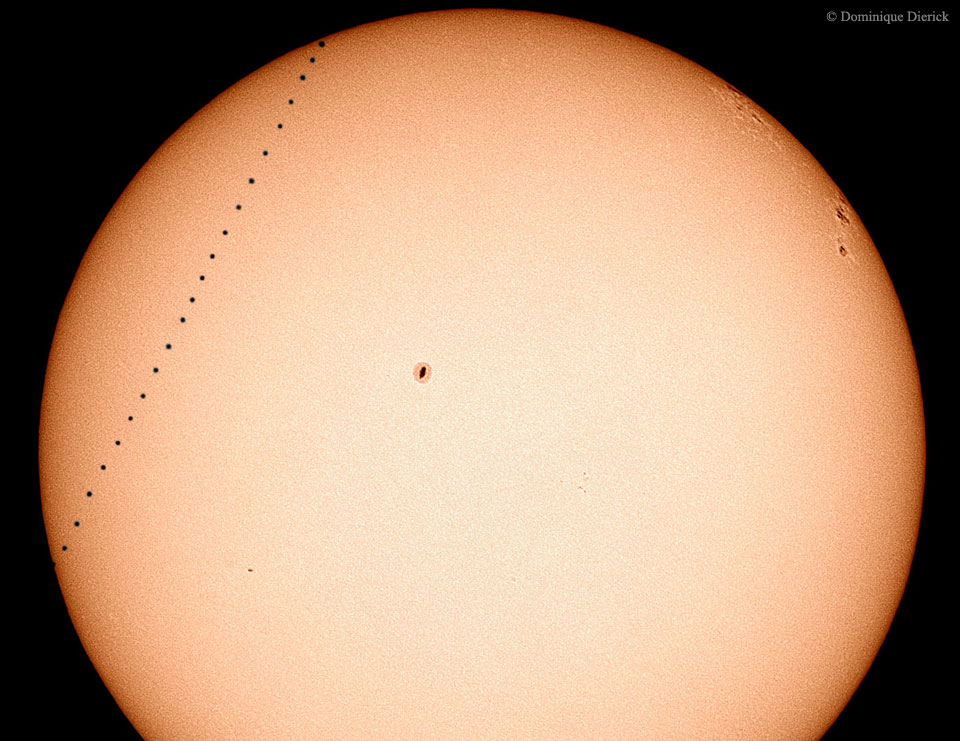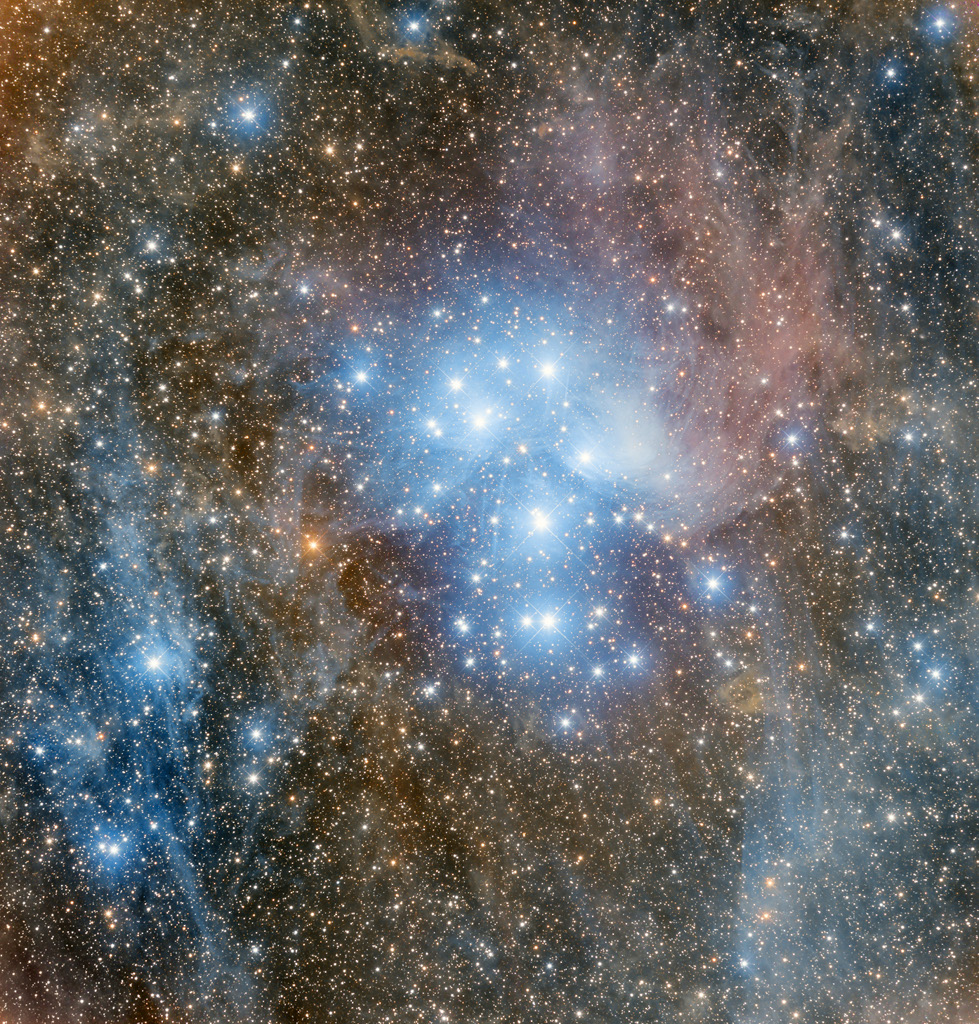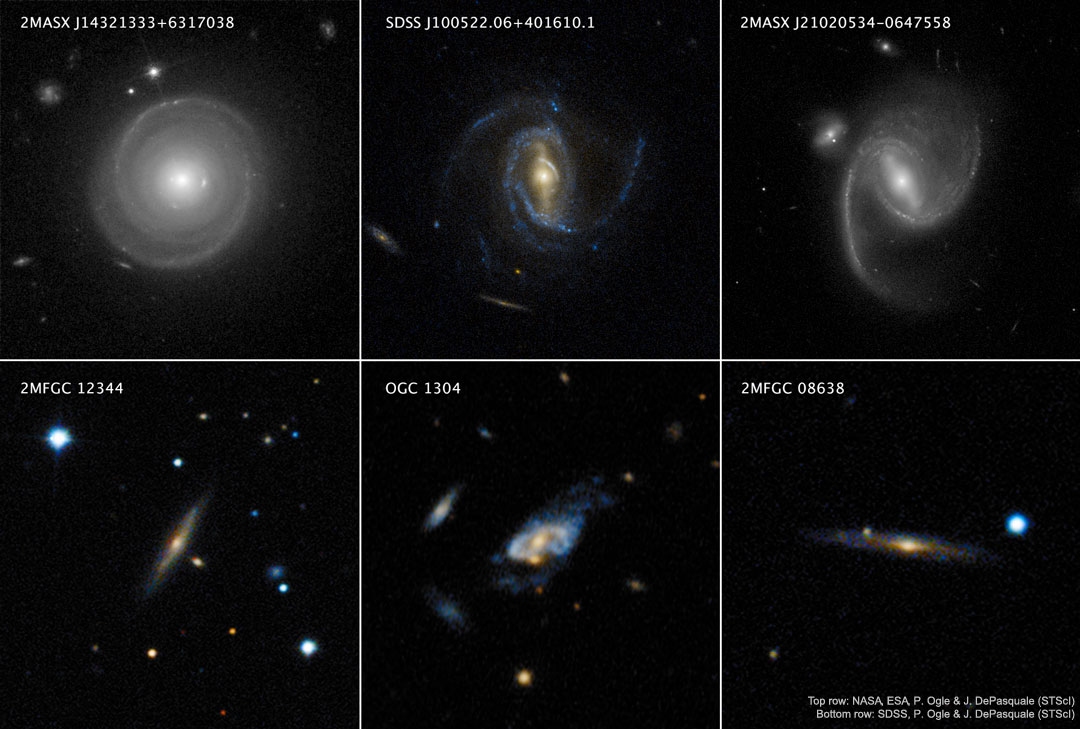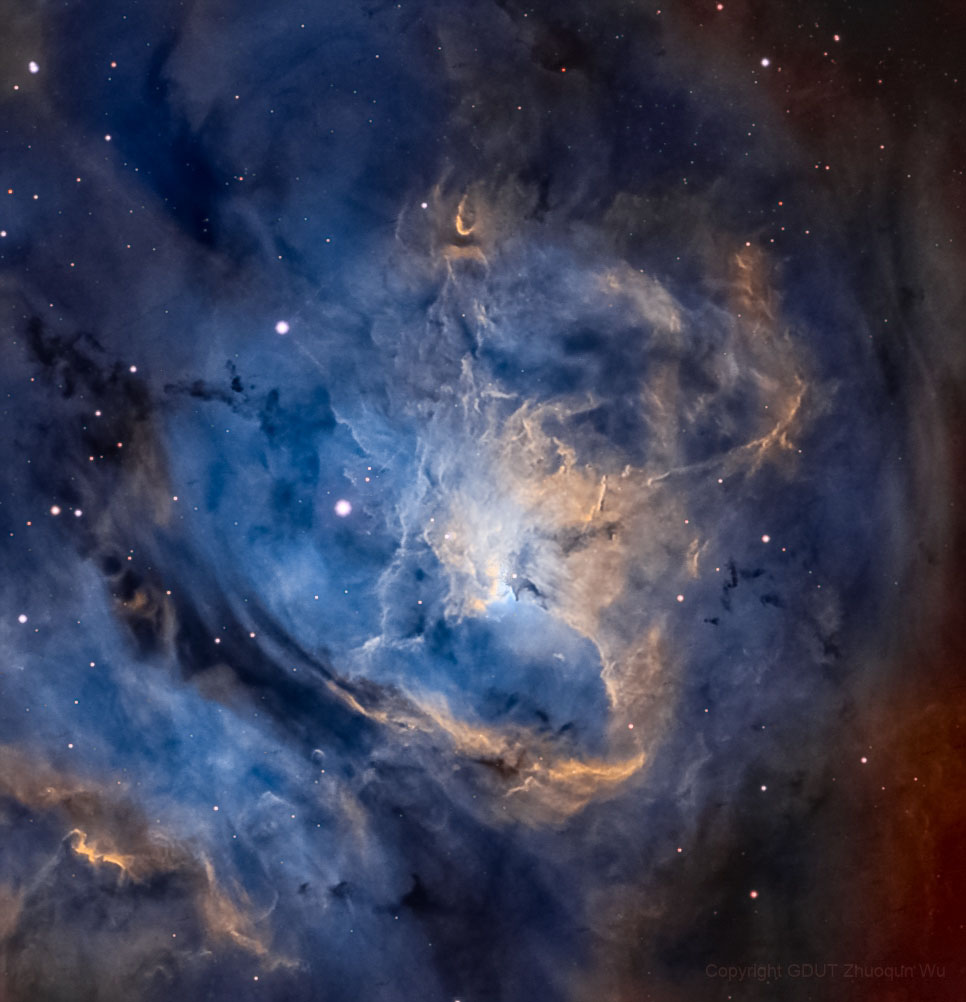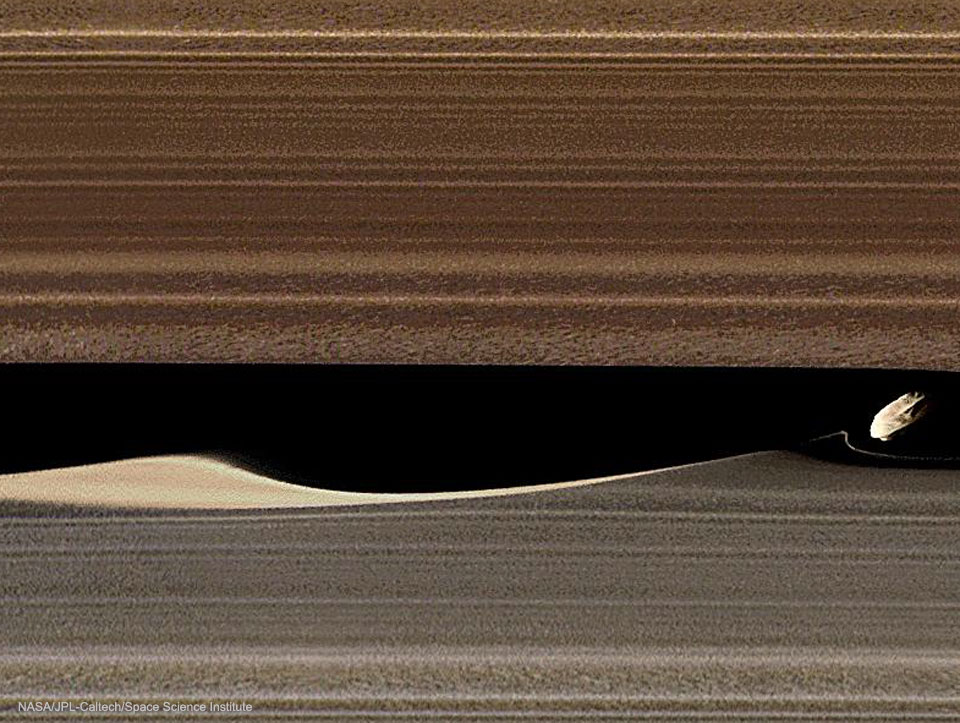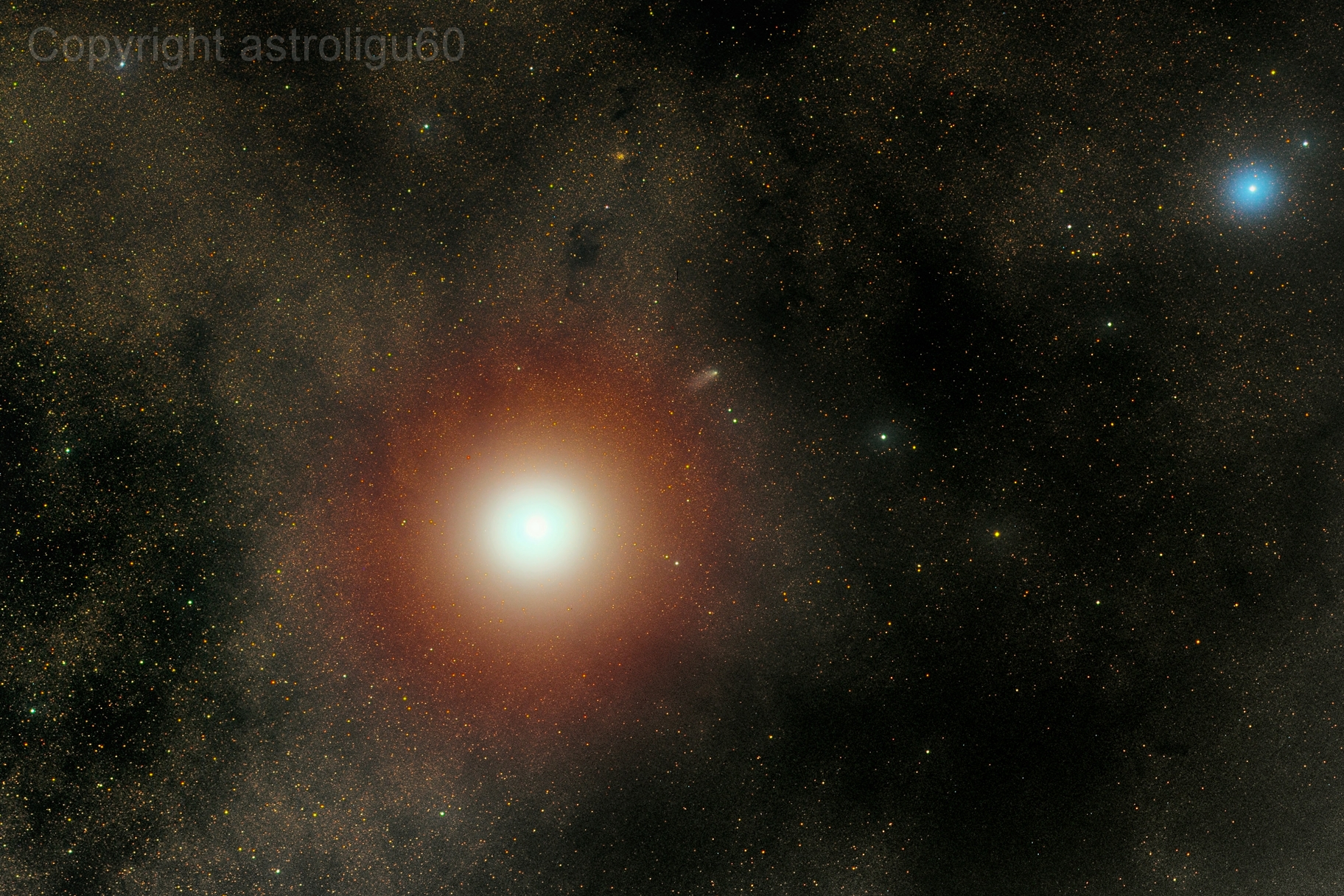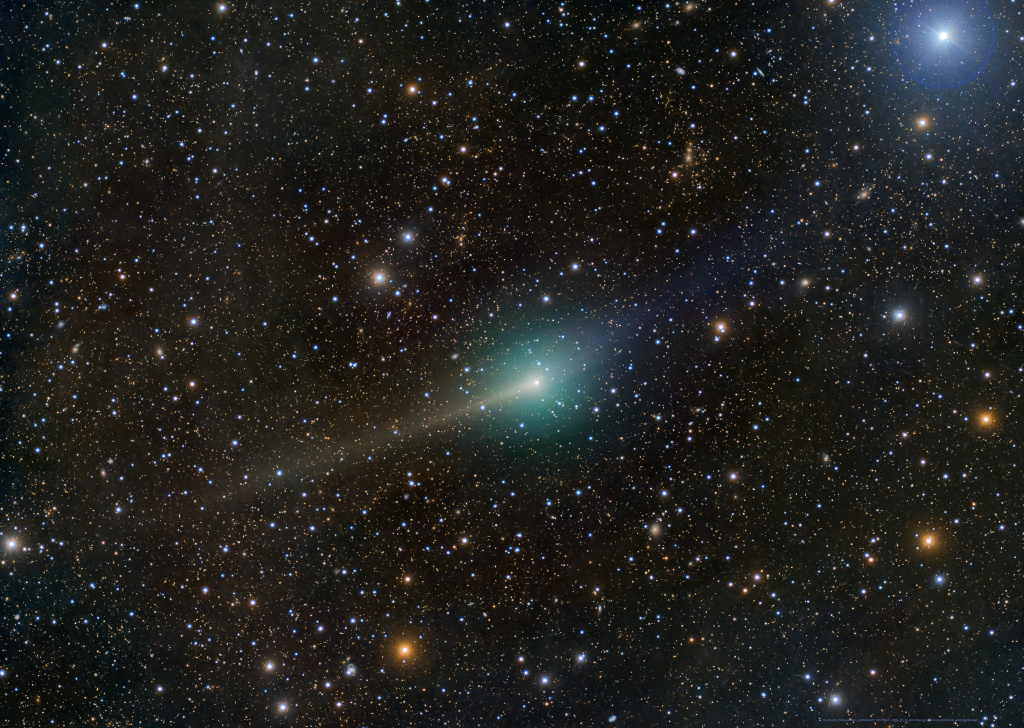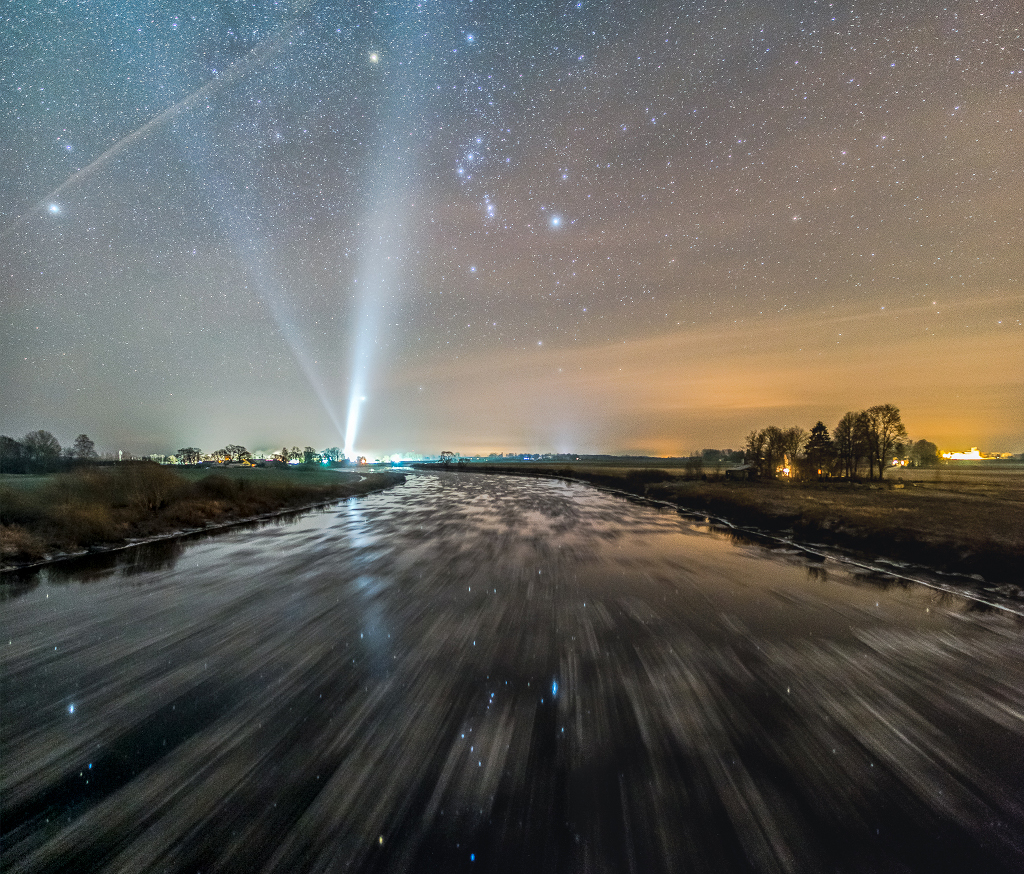
Image Credit & Copyright: Juris Sennikovs
Explanation: Ice is forming on the river Lielupe as it flows through the landscape in this winter's night scene. Even in motion the frigid water still reflects a starry sky, though. The well planned, Orion-centered panorama looks toward the south, taken in three exposures from a bridge near the village of Stalgene, Latvia, planet Earth. Drifting pancakes of ice leave streaks in the long exposures, while familiar stars of Orion and the northern winter night appear above and below the horizon. Village lights along the horizon include skyward beams from the local community church. This image was a first place winner in the 2018 StarSpace astrophotography competition.
